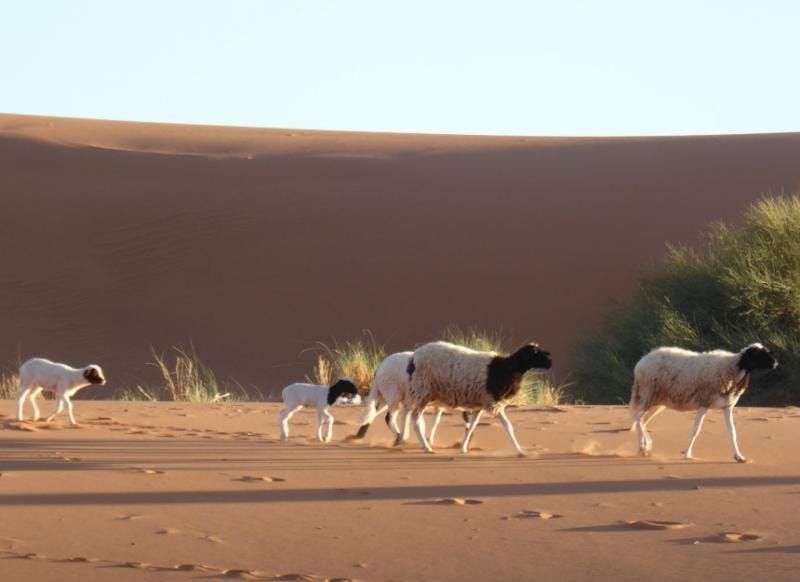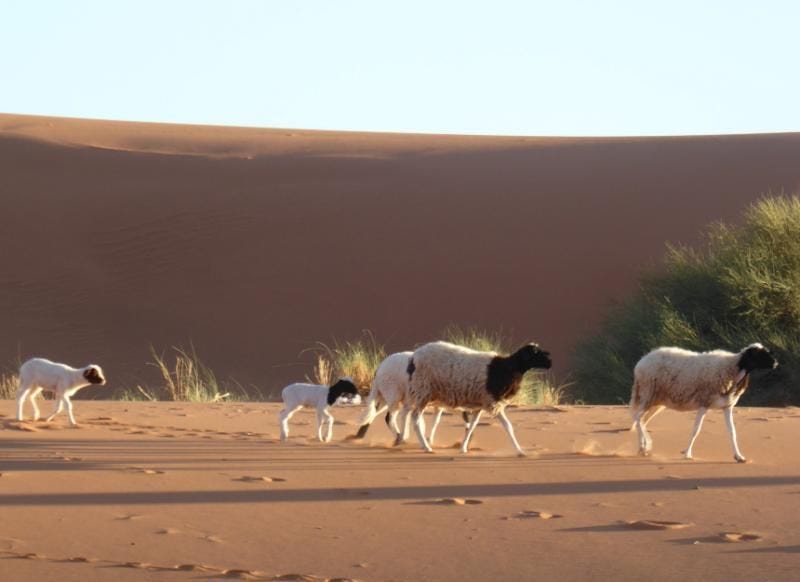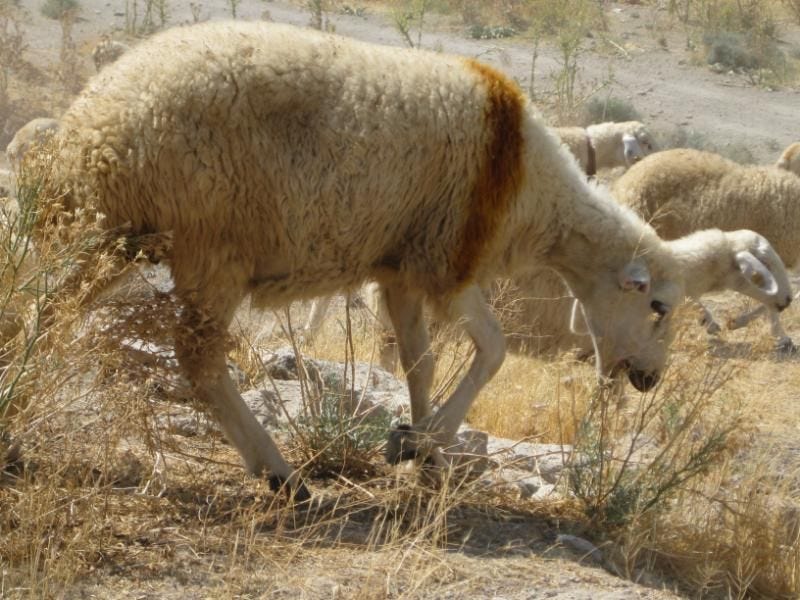
For over 11,000 years, sheep have been central to human survival, providing food, milk, wool, and economic stability to societies from the Near East to the edges of Europe and beyond. But how did this partnership begin?
A new study published in Science offers the most detailed genetic reconstruction yet of the domestication and dispersal of sheep, revealing how their history is intertwined with human migration, trade, and technological innovation.
Led by geneticists from Trinity College Dublin and zooarchaeologists from LMU Munich and the Bavarian State Collections of Natural History (SNSB), researchers analyzed 118 ancient genomes from archaeological remains spanning 12 millennia and covering regions from Mongolia to Ireland. Their findings illustrate how early farmers selectively bred sheep, transported them across vast distances, and shaped their genetic diversity over time.
The genetic story of sheep begins at Aşıklı Höyük, an early Neolithic settlement in central Türkiye. The genomes of sheep from this site suggest they were among the earliest domesticated flocks, descended from wild mouflon captured and bred by humans over 11,000 years ago. These sheep formed the foundation for later populations across the Near East and beyond.
By 8,000 years ago, early European farmers had begun selectively breeding sheep for specific traits—most notably coat color.
“One of the earliest signals of human influence on sheep genetics is found in genes associated with pigmentation,” explained Kevin Daly, first author of the study.
The research team identified strong selection near the KIT gene, which is linked to white coat color in modern livestock. Similar patterns have been observed in goats, suggesting that early herders—like farmers today—were drawn to unique and visually striking animals.
As cities and trade networks expanded in Mesopotamia, sheep genomes show evidence of movement westward, mirroring human cultural influence. Around 7,000 years ago, herders transported sheep from the Fertile Crescent into Europe, carrying their animals alongside their agricultural knowledge.
But the most significant shift came 5,000 years ago, when the rise of pastoralist societies on the Eurasian steppe reshaped both human and animal populations. This period saw a major expansion of steppe ancestry in European human populations—altering genetic landscapes and bringing with it the Indo-European languages that now dominate much of Europe. The study shows that sheep followed a similar pattern.
“One of our most striking discoveries was a major prehistoric sheep migration from the Eurasian steppes into Europe during the Bronze Age,” Daly said. “This parallels what we know about human migrations during the same period, suggesting that when people moved, they brought their flocks with them.”
By the time of the Bronze Age, genetic data suggests that European sheep populations had roughly half their ancestry from steppe sources. The timing aligns with archaeological evidence of increased dairy consumption—suggesting that sheep were being bred not only for meat and wool, but also for milk and cheese production.
Sheep breeding didn’t stop evolving in prehistory. Selective pressures continued, shaping different breeds suited to diverse climates and agricultural needs. Today, the genetic diversity of sheep reflects thousands of years of human influence, with distinct breeds adapted to everything from high-altitude pastures to arid desert landscapes.

Dan Bradley, senior author of the study, emphasized the long-term impact of this relationship.
“From the early days of domestication through to the development of wool as a crucial textile resource, sheep have played a vital role in human cultural and economic development.”
While this study has provided a detailed genetic map of early sheep domestication and migration, co-author Joris Peters noted that there is still much to learn.
“Further transdisciplinary research is needed to clarify the patterns of dispersal and selection of the many landraces occurring today in Eurasia and Africa.”
Sheep have followed humans across continents, adapting alongside them to new environments and economic systems. Their genetic story, encoded in bones and DNA, tells a parallel tale of human ingenuity, movement, and survival. By studying the past, researchers hope to better understand the forces that continue to shape livestock and agriculture today.
-
Zeder, M. A. (2008). “Domestication and early agriculture in the Mediterranean Basin: Origins, diffusion, and impact.” PNAS. DOI: 10.1073/pnas.0801317105.
-
Larson, G., et al. (2014). “Current perspectives and the future of domestication studies.” PNAS. DOI: 10.1073/pnas.1323964111.
-
Frantz, L. A., et al. (2020). “Animal domestication in the era of ancient genomics.” Nature Reviews Genetics. DOI: 10.1038/s41576-020-0225-0.









